Sponsored by Battle Quest Comics
By Brian Hibbs
Welcome to the 300th Tilting at Windmills column! If you had asked me in 1991 if I thought I would have made it to three hundred of these, I almost certainly would have laughed in your face – I don’t think I even believed I could make it to a second year!
The original plan was this column was going to be the 21st annual BookScan column, but that now looks like that is permanently off the table as the folks at Circana have decided that they value selling subscription data to publishers more than promoting an understanding for the lay person (or the working retailer!) of how the comics industry works, and what was both succeeding and failing. This despite the lack of any evidence whatsoever that they’d sell more subscriptions without my very specific kind of annual analysis (which is not formatted in any fashion that a working publisher would especially find useful in any way!) On a certain level, I am kind of relieved – the sheer amount of labor that went into writing a BookScan column came perilously close to breaking me every year, and I think it could be strongly argued that it actually hurt my own store by pulling nearly two full weeks of brainpower from store operation every year.
Heidi had suggested to me that I use this new BookScan-less TaW #300 as a kind of “victory lap” for the column, talking about origins, as well as how the comics industry has changed over the ensuing third of a Century (!) While I resisted that notion for a while, I think I have come around on that thinking, particularly as the very nature of how and where and when and why comics material makes it to the market appears about to change in very dramatic ways thanks to what increasingly appears to be the impending dissolution of Diamond Comics Distribution.
(In point of fact, I think so many things are about to change so much that I actually believe that I need to go back to writing TaW monthly again, at least for a little while. Of course, I haven’t actually discussed this with Heidi directly (heh), and a lot will depend on how long our current sponsor, Battle Quest Comics is willing to keep sponsoring the column. Can I invite you to go buy one of their fine products, like Nomadd, Trident of Aurelia or 27 Run Crash? I already have the broad topics for the next three columns all figured out…)
 Photo: Ebay
Photo: EbayI wrote what would become the “zero episode” of Tilting at Windmills in September of 1991, and it ran in the late and very lamented Comics Buyer’s Guide (a weekly newsprint tabloid created by Alan Light, and mostly run by Don and Maggie Thompson, that ran for 1699 issues from 1971 to 2013 – you can read a nice history by John Jackson Miller right here than goes into more nuance than I can fit into a single sentence!) – it was actually styled more as an “open letter”, called “Ethics & The Comics Industry”. You can read that “#0”, and, in fact, all 200+ of the pre-Comics Beat columns at this link, though they are just my *.DOC files, and not prettied for web-viewing at all. Many of them do come with little additional background stories and such, too. Anyway, this coincided with Krause publications deciding to launch a monthly controlled-circulation magazine that was aimed at (and called!) Comics Retailer, and starting with issue #2 I was writing the then-monthly column that hits #300 right here.
I still think it’s a bit nuts that they offered me a monthly column – I am, and have always been, the owner of “just” a neighborhood store. I don’t know that I’m even the largest store in San Francisco during most of our operation. I was also a very young, and pretty dumb, kid – I opened my store in 1989 and I was just twenty-one years old. What does a kid like that know about business? Fifty-six year old me thinks that kid was a bit of a dummy for locking himself into something as mostly-break-even as comic book retailing! Heck, I kind of only own a store because the owner of the comic shop that I was managing at the tender age of 16 (what??!?!) was an epically poor businessman – among true stories is the time I found him in the store at 2am doing crank with a lady he had picked up hitch-hiking, rearranging the store the way that only people tweaking could do, or how the entire staff had to cash paychecks out in cash via the register, because if they went to the bank they usually bounced – and I thought, hubristically, “Well, I can do it better than him!”
I mean, I did, but every once in a while I sorta wished my first job had been at like a Jewelry merchant, y’know?
Nah, that’s a joke. I burn for comics.
I burn in a pretty specific way, too – for the broader medium of comics, and not just specific publishers within the ecosystem. The majority of my peers’ motivations appear to be more about having a clubhouse where they feel the most comfortable hanging out in – and the thing that gives them the most joy is selling Marvel superhero comics. I get that, I truly do, especially with the older guys who were there for the first few years of Marvel. I’m of the age where my earliest Marvel memories are more about Spider-Man on The Electric Company than the comics themselves. And for the superhero material, I was always really more of a DC kid myself. But I started my career of selling comics in the direct wake of Elfquest and Cerebus and Grendel and Love & Rockets, and it always seemed to me that where things were at was much more about the creators, rather than the publishers. That in fact, the greatest possible expression of the “Direct Market” was in retailers supporting the makers rather than the exploiters. I very much love many folks who work at Marvel and DC, but my sympathies are always going to be for the people actually doing the work of making the thing than the corporations who are primarily trying to maximize the amount of revenue they generate rather than making the best art they can.
After I stopped working at the comic book store, I had about a year working at Capital City Distribution. Back in the day, there were many comic book distributors – I had at least three that were “in my backyard” of the Bay Area, and I probably had as many as a dozen others I could have ordered long-distance from with some level of viability. But my main take-aways from working at CCD were that Distribution is an absolutely thankless job, and one that is primarily borne on the backs of low-wage, high-turnover employees. I remember vividly how our warehouse manager didn’t appear to respect anyone’s labor, and mostly closed himself in his office. We called him “fatass” behind his back. And when one of the CCD owners came to visit the manager for an afternoon, they also locked themselves in the office and barely said five sentences to the people who were actually doing the work. This was pretty much the main reason that when I opened my own store about two years later, I specifically picked Diamond over CCD. I can’t say that I have any specific knowledge that Diamond was inherently any better, but Diamond’s various VPs at least were a lot more approachable and open to conversation.
The thing about multiple distributors was that it didn’t make anything especially easier for the working retailer – really quite the opposite. Even though back at the beginning of the nineties there were almost certainly fewer than one thousand graphic novels that were genuinely in print as an ongoing thing, trying to order books like Watchmen or Maus was like a game of whack-a-mole when ordering from comics distributors. One week Diamond would have stock, the next week Diamond wouldn’t have it, and you could only get it from CCD, the third week you had to go to Friendly Franks, and so on. And if you wanted something more obscure, you were generally SOL.
There were so many fewer releases each month (the first order form I ever turned in to open my store had a total of just sixty-one Marvel comics being offered for the month. In March 2025, this number was 375 individual SKUs, a (sheesh) six-fold increase – while most of the titles they’re now publishing would have been cancelled back then, due to lack of sales.
The biggest change in those days first came from Marvel comics deciding in 1994 that they could make more money if they controlled their own distribution, leading them to buy Heroes World, a smaller, regional, distributor that operated out of the East Coast, and drop all other distributors as a result. This was, and I am truly being kind and generous with this description, a “clusterfuck”. First: because there was no way that Heroes World was in position to instantly scale up from a regional distributor to suddenly go fully national, and their lack of operational facility, the late shipping that occurred, the massive mistakes in packing and pulling, and so on, was ill-considered by all parties. The second issue was a more indirect one that should be familiar to any industry-watchers today: pulling roughly one third of the volume away from every other comics distributor had the obvious impact of making almost all of those distributors go cash-flow negative almost immediately, and we saw a massive contraction in number of distributors. And this, of course, led to a large number of stores closing as well as they couldn’t adapt to new relationships with the remaining distros.
This is something that’s been known in the market for a very very long time: most “small press” publishers generally do it more out of love of the medium than they do it because they’re making huge amounts of profit most of the time. And the math is even more constrained when it comes to distribution, which is doing an awful lot on an overall tiny percentage of cover price – the math only maths when you are also distributing Marvel and DC and Image. Especially when it comes to periodical comics that are only selling in quantities of hundreds or the low thousands – the very labor to do pinpoint international distribution of thousands of SKUs isn’t paid for directly by the distribution of those products themselves – it’s generally paid for by the greater volume of the best-selling items.
(This, by the way, is for sure not limited to comics – the average graphic novel is selling several times what the average prose novel sells! All of those low-selling prose novels get underwritten by Stephen King and James Patterson sales.)
We saw this in 1995 when the distribution field very quickly winnowed to Diamond and CCD – and once Diamond signed DC, it became rapidly apparent that Capital City was doomed. Even signing publishers like Kitchen Sink, TSR and Viz to exclusive contracts (Viz was a super different company in 1995, and not the juggernaut they are today!) couldn’t keep them viable with the loss of their biggest publishers, and soon sold off to Diamond. We’ve had attempts, since then, to position “small press” distributors – Cold Cut might have been the most prominent example of trying this model for periodical comics, and it just doesn’t work.
Why? I already told you: most stores are more properly considered Marvel clubhouses than wide supporters of the entire medium. I still basically assume that there are around 3000-3500 international store fronts selling periodical comics – but it’s very likely that only around 500 of those that are ordering and reordering, say, a wide variety of graphic novels published by (say) Fantagraphics. The volume doesn’t math to just isolate that product stream, and have distribution, unless you’re paying for it by distributing DC comics.
There were something like a bit over two hundred publishers that I sold a comic book from last year. And there’s only about thirty that have a distribution deal with Lunar or Penguin Random House. It does not appear that PRH is especially taking on more clients, and, if I had to prognosticate, I’d say that I really am not sure just how profitable selling periodicals is turning out for them. They have legacy book industry policies (like treating each order placed as a separate order, rather than “sweeping” orders together to more efficiently pull them), which probably doesn’t actually make sense when you are dealing with $4-5 periodicals and the sheer bulk of variants that exist and just how poorly logic suggests most of them have to be selling individually. On that topic, I’ve heard rumors that Lunar is limiting the number of covers that smaller publishers can list, which if that were to be true would be a dramatic (and healthy!) sea change for the Direct Market – but seems pretty problematic if it isn’t enforced equally; and I would be flabbergasted if DC’s contract allowed anyone to limit them in any fashion. I also imagine that’s a class action lawsuit waiting to happen, but what do I know?
Anyway, the real point is that a remarkable amount of publishers appear to possibly be poised to utterly lose access to the marketplace because of the split of DC and Marvel’s volume to two separate distributors. The insanely ironic thing about this is that we’ve replaced one “monopoly” with two different monopolies, while drastically reducing possible access and growth of the market outside of the largest publishers. And, done in such a way that ended up increasing costs and labor for virtually all retailers.
We’re also likely to lose so much more, if the worst happens with Diamond – not just the elimination of voices and creative visions as above, but it would be my expectation that something like Free Comic Book Day will never again operate in the same manner (with scores of participating publishers); I expect that the days of a single unified catalog of all goods is now forever done. How are consumers going to be informed about what is going to be released each month now? My single biggest subscriber, who spends multiple hundreds of dollars each week, is solely interested in a print catalog – he simply will not look at digital assets. So, how will he be able to identify what comics he might want to preorder? I am also deeply concerned about the “banking” options that Diamond has traditionally supplied for the marketplace: extending credit when stores get a little behind (Here is Chuck Rozanski of the world famous Mile High Comics discussing the time when even he got behind) – we certainly have already heard stories about PRH cutting stores off entirely when they get one single day past their sixty-days credit terms, and I, for one, am not sanguine that Lunar is at all interested in helping out stores that get themselves in trouble. We’ll find out, I suppose.
The next year is going to be an “interesting” one. Join me next month when we’ll start to talk about some of the new nuts and bolts realities facing comic stores when absolutely everything is about to change.
************
Brian Hibbs has owned and operated Comix Experience in San Francisco since 1989, was a founding member of the Board of Directors of ComicsPRO, has sat on the Board of the Comic Book Legal Defense Fund, and has been an Eisner Award judge. Feel free to e-mail him with any comments. You can purchase a collection of the first Tilting at Windmills (originally serialized in Comics Retailer magazine) published by IDW Publishing, as well as find an archive of pre-CBR installments right here.
Sponsored by Battle Quest Comics


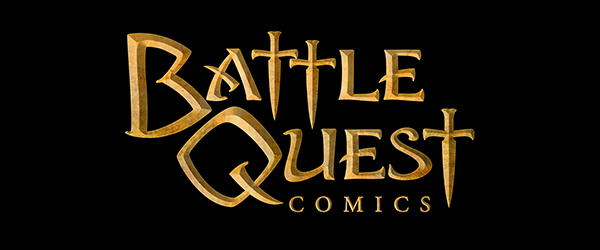
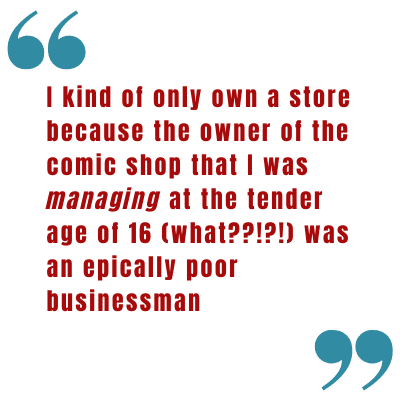
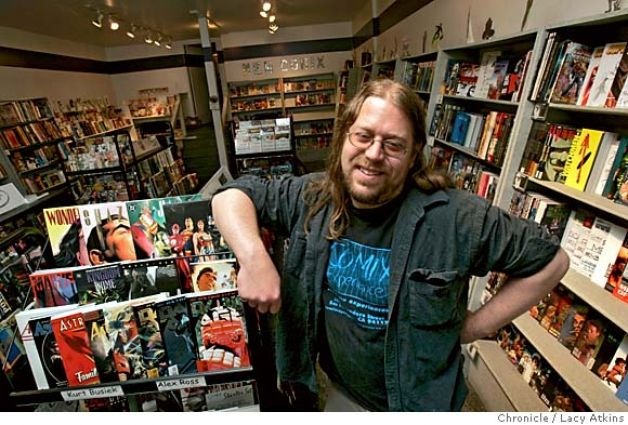
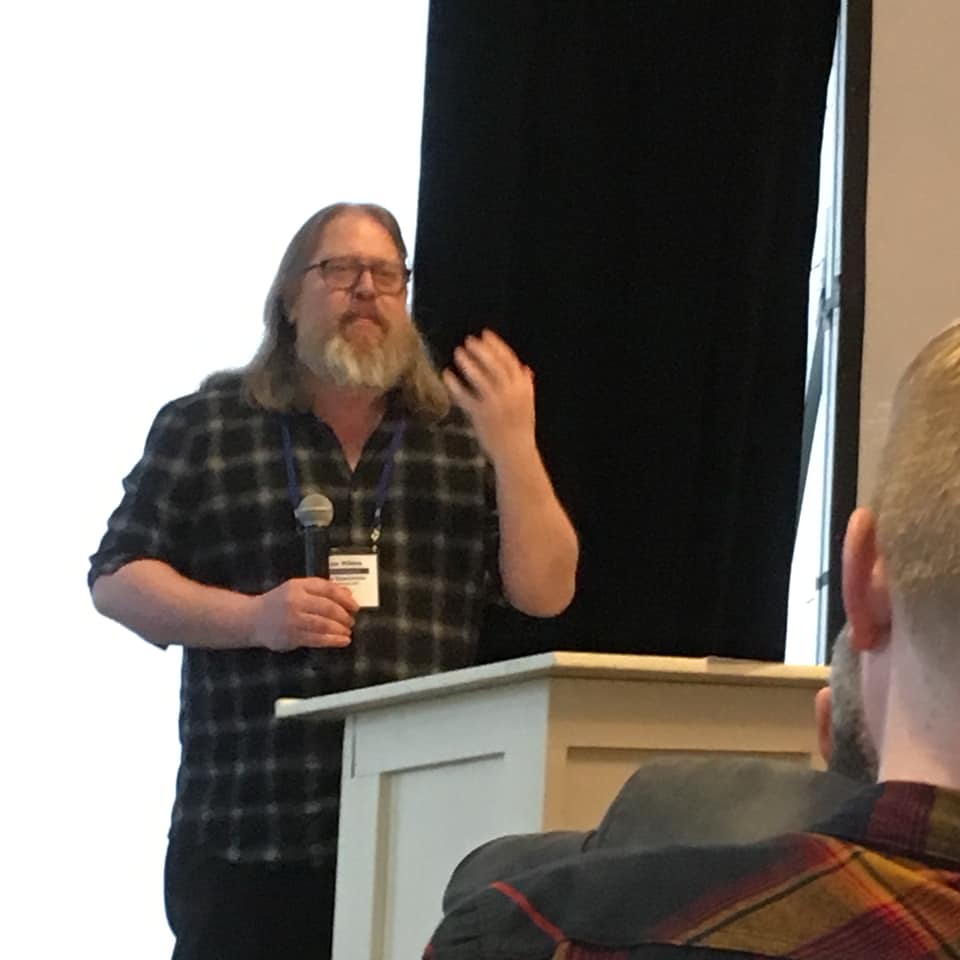












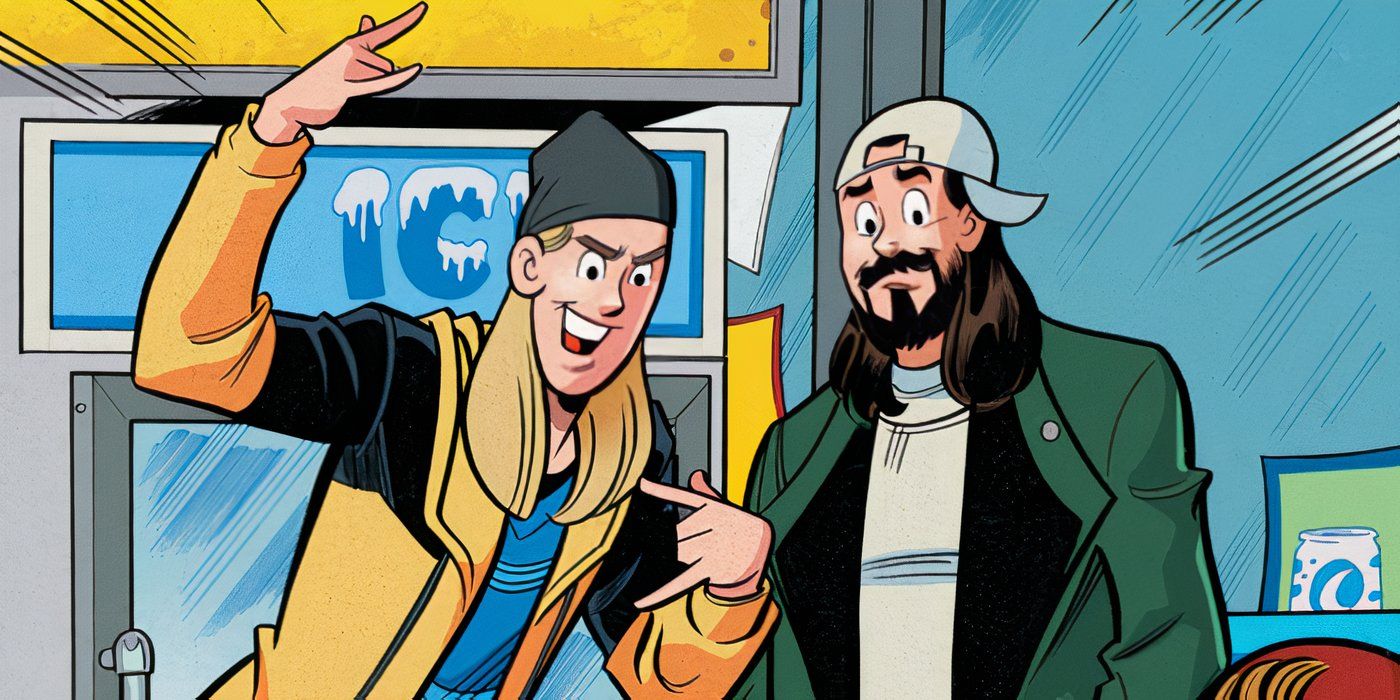
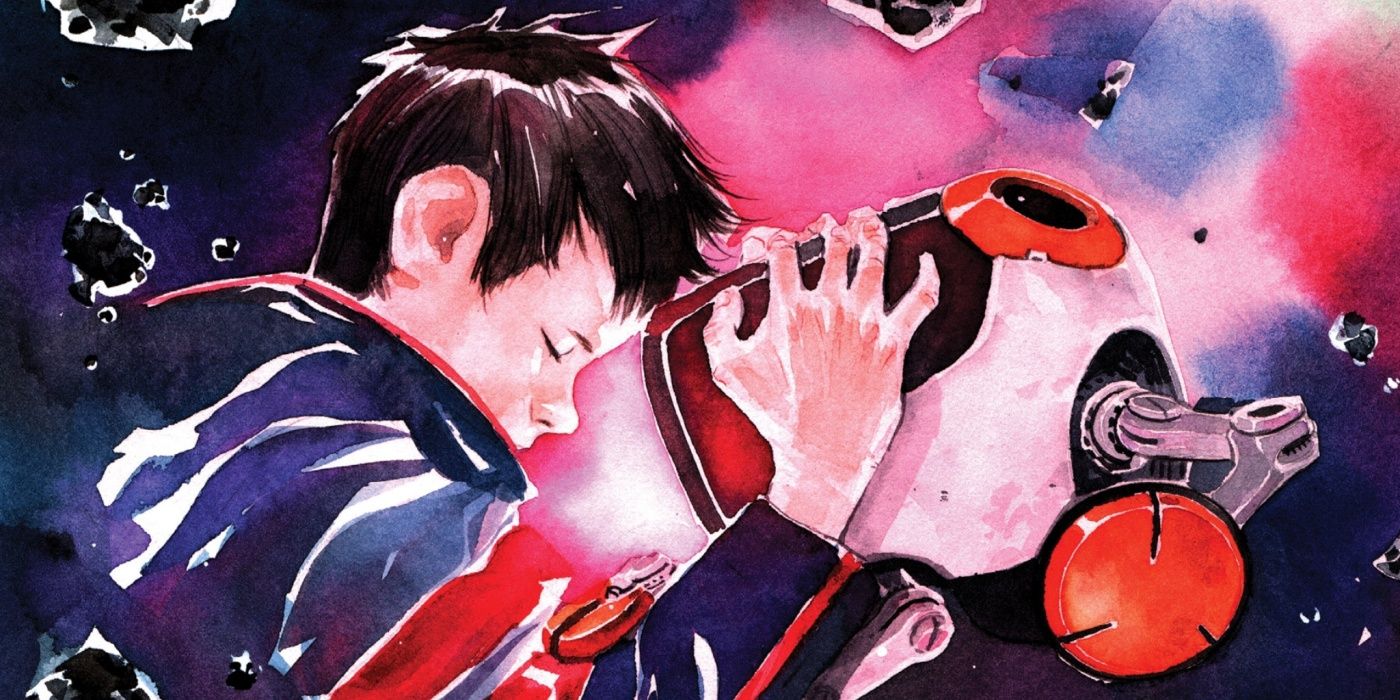

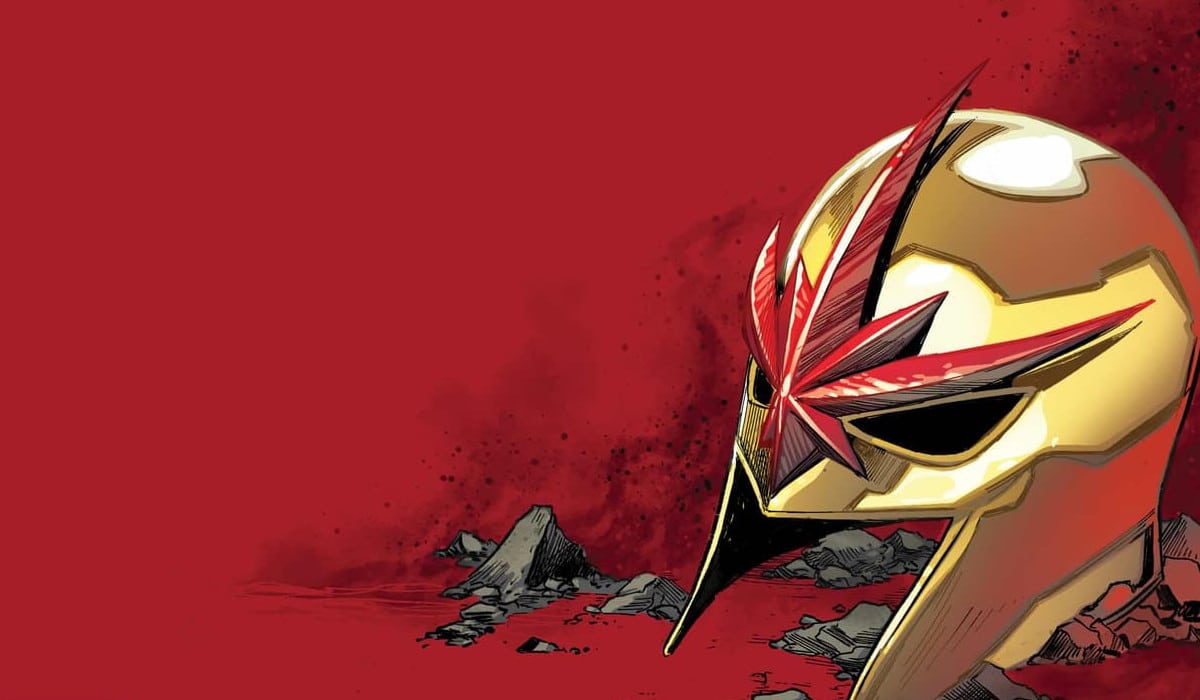

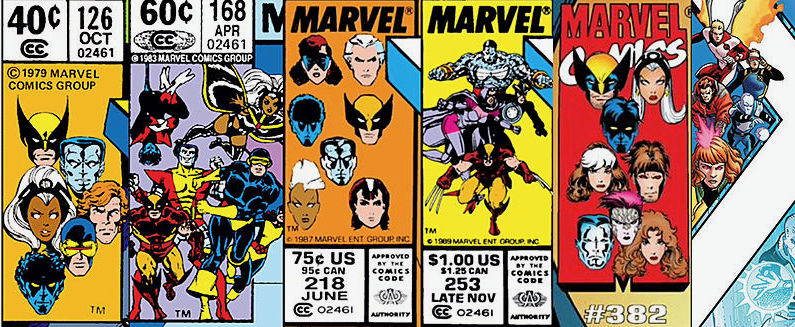

 English (US) ·
English (US) ·